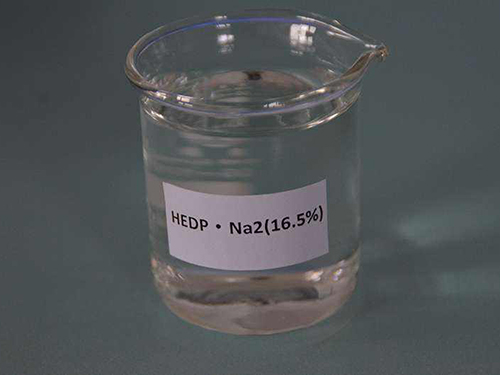Cationic Polyacrylamide Applications and Benefits in Water Treatment Processes
Cationic polyacrylamide (CPAM) is a versatile polymer widely used in various industrial applications due to its remarkable properties. It is a water-soluble, synthetic polymer that belongs to the polyacrylamide family but is characterized by the presence of positive charges in its structure. This cationic nature enhances its ability to interact with negatively charged surfaces, making it particularly effective in several processes, including flocculation, thickening, and water treatment.
One of the primary applications of cationic polyacrylamide is in water treatment. It serves as a coagulant that enhances the removal of suspended solids and impurities in wastewater. When introduced into a wastewater stream, CPAM can effectively bind to negatively charged particles, promoting their aggregation into larger flocs. These larger particles can then be easily removed through sedimentation or filtration, leading to clearer and cleaner effluents. This property is especially valuable in municipal wastewater treatment plants and industrial effluent processing, where the removal of contaminants is critical to meeting environmental regulations.
In addition to water treatment, cationic polyacrylamide is extensively used in the paper and pulp industry
. It acts as a retention aid, improving the retention of fines and fillers during the papermaking process. By enhancing the binding of fibers and filler materials, CPAM contributes to the production of higher-quality paper with better strength and consistency. Its ability to modify the surface charge of cellulose fibers also leads to improved drainage and reduced water consumption in the paper production process.cationic polyacrylamide

Cationic polyacrylamide finds applications beyond water treatment and paper manufacturing. It is employed in the oil and gas industry for enhancing oil recovery through polymer flooding. The addition of CPAM into injection water increases the viscosity of the fluid, which helps in mobilizing trapped oil and improving the overall efficiency of extraction processes.
Moreover, CPAM plays a significant role in agriculture, where it is used as a soil conditioner to improve water retention and soil structure. Its ability to bind soil particles enhances the formation of aggregates, leading to improved aeration and root penetration for crops. This can result in increased agricultural productivity, particularly in arid and semi-arid regions.
In conclusion, cationic polyacrylamide is a highly effective and multifunctional polymer with a wide range of applications in water treatment, paper production, oil recovery, and agriculture. Its unique properties, driven by its cationic characteristics, make it an indispensable tool in various industrial processes, contributing to improved efficiency, product quality, and environmental sustainability. As industries continue to face challenges regarding resource management and pollution control, the demand for cationic polyacrylamide is expected to grow, highlighting its importance in modern applications.
-
Understanding Polycarboxylic Acids: Properties, Applications, and Future PotentialNewsJul.28,2025
-
Scale Inhibitor Explained: How to Protect Your System from Limescale and Hard Water DamageNewsJul.28,2025
-
Scale and Corrosion Inhibitors: Essential Chemicals for Industrial Water System ProtectionNewsJul.28,2025
-
Polyaspartic Acid: A Biodegradable Polymer for Sustainable ChemistryNewsJul.28,2025
-
Isothiazolinones: A Versatile Antimicrobial Class with Industrial Power and Regulatory ChallengesNewsJul.28,2025
-
A Deep Dive into 2-Phosphonobutane-1,2,4-Tricarboxylic Acid (PBTC)NewsJul.28,2025





